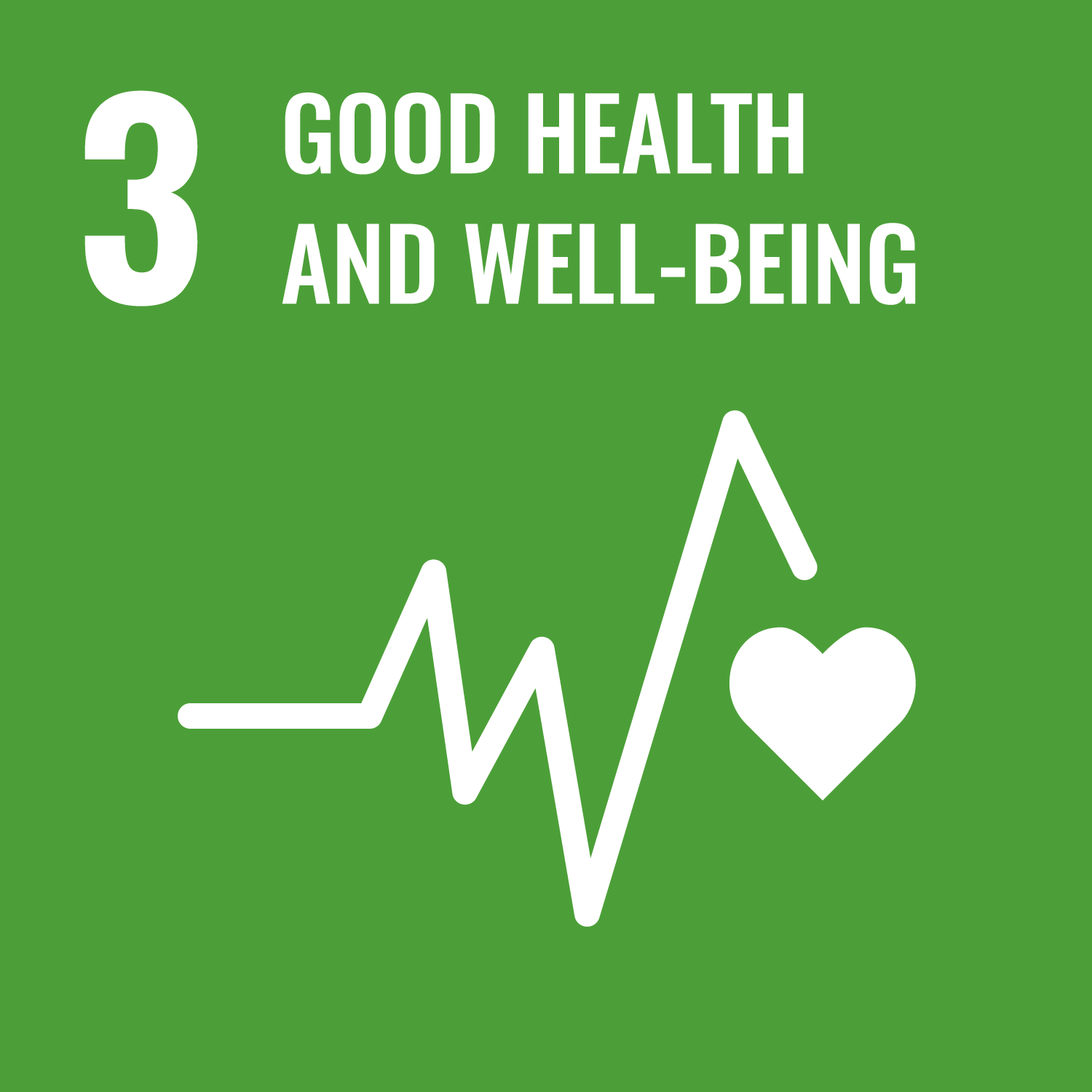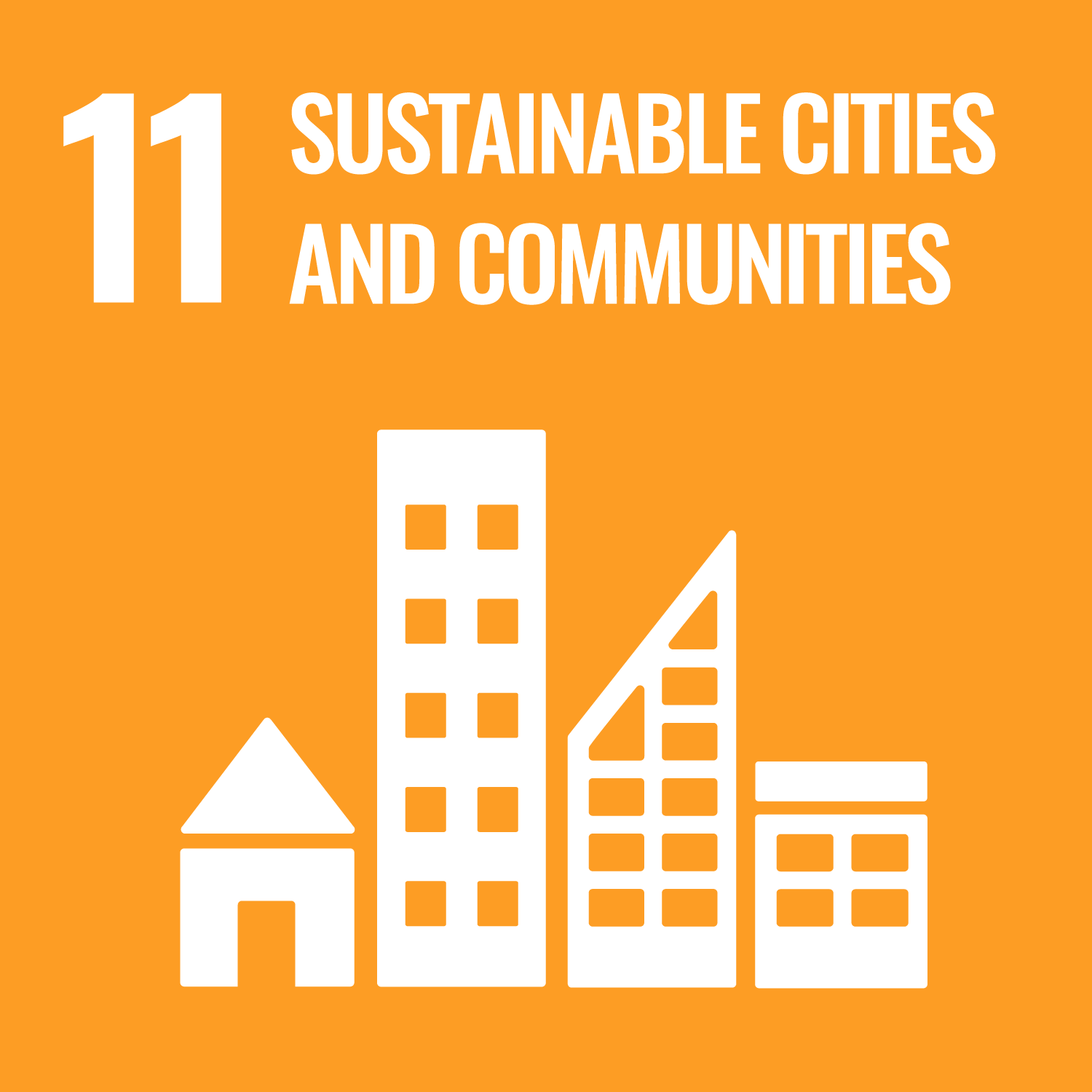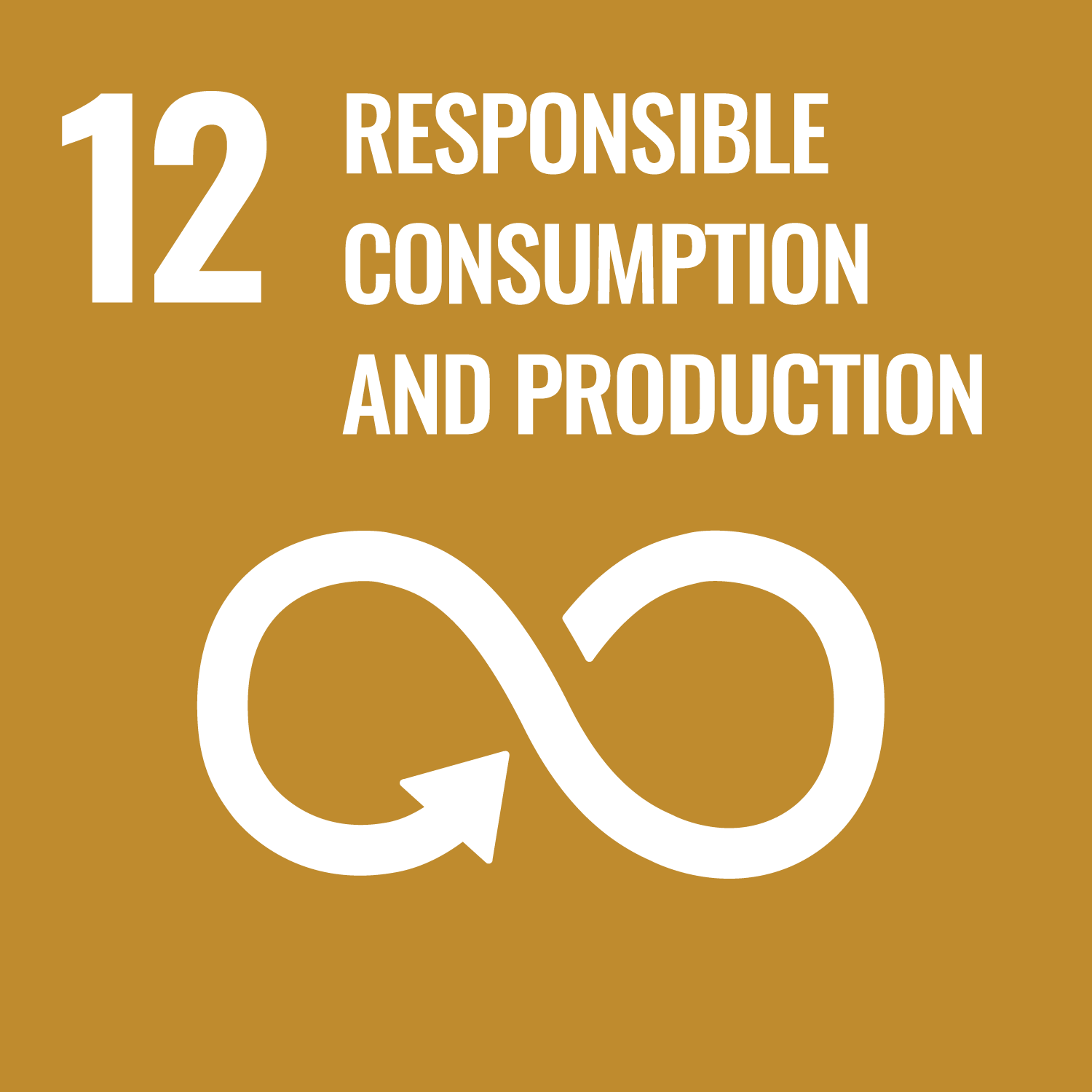The National Pollutant Inventory (NPI) contains emission estimates for 93 pollutants emitted to the environment, predominantly from industrial sources.
In 2023, 952 Queensland facilities from 96 industry sectors were among the 4,618 national facilities reporting emissions to the NPI.
Across Queensland, the main sources of industrial air pollutants are:
- primary metal manufacturing
- coal mining
- electricity supply.
In 2023, in Queensland, the selected industrial pollutant release totals were:
- carbon monoxide (CO): 148,353 tonnes/annum
- volatile organic compounds (VOCs): 15,045 tonnes/annum
- lead and compounds: 132 tonnes/annum
- sulfur dioxide: 484,699 tonnes/annum
- oxides of nitrogen (NOx): 246,142 tonnes/annum
- particulate matter with an aerodynamic diameter of less than 2.5µm (PM2.5): 10,962 tonnes/annum
- particulate matter with an aerodynamic diameter of less than 10µm (PM10): 360,464 tonnes/annum
- benzene: 62 tonnes/annum
- toluene: 141 tonnes/annum
- xylenes: 143 tonnes/annum
- formaldehyde: 1,271 tonnes/annum
- polycyclic aromatic hydrocarbons (benzo(a)pyrene-equivalents): 4 tonnes/annum.
The top four industrial pollutants by tonnes/annum are:
- sulfur dioxide
- particulate matter (PM10)
- oxides of nitrogen
- carbon monoxide.
Sulfur dioxide peaked in 2021 at 569,493 tonnes/annum, slowly declining to 484,698 tonnes/annum in 2023, a 4.3% decrease.
Particulate matter (PM10), oxides of nitrogen and carbon monoxide levels remained relatively stable across the same three-year period.








